The Evacuation Of Dunkirk Part Four: Wargaming At 28mm (Bolt Action)
August 10, 2017 by oriskany
Here we are again, Beasts of War, continuing our explorations of wargaming during the Dunkirk evacuation of World War Two (May and June, 1940). With the new Christopher Nolan movie out on the subject, Dunkirk has been getting a lot of discussion so it seems the perfect time to discuss how these battles can be brought to the table top.
Follow Dunkirk Week Here
So far we’ve talked about how Dunkirk’s place in the larger context of early World War Two. We then discussed wargaming in 15mm and 20mm. Now it’s time to really zoom in for the “gunsight view” of the Dunkirk battles, and look at running these engagements at 28mm. That can only mean one thing … Bolt Action!
Dunkirk In Bolt Action
Playing Dunkirk-themed skirmishes in Bolt Action seems simple enough, especially in light of all the research and discussion we’ve already presented for Dunkirk battles in 15mm and 20mm. After all, we should just be able to play “smaller” versions of these 15mm and 20mm battles in the 28mm Bolt Action rules set, right?
While technically correct, I feel this does Bolt Action something of a disservice. With miniatures at this larger scale, Bolt Action not only recreates “smaller” engagements, but different KINDS of engagements and from a different angle than larger “battle-themed” games.
Put most simply, where Bolt Action excels most is as an infantry game. Engagement ranges typically found at 28mm are terribly short, most tables represent an area only about 200 feet across. Yet this is perfect for infantry combat, since most WW2 firefights took place at murderously short ranges, much shorter than many people think.
I’ll be honest here. Because of these questions of range and scale, I usually find combat between tanks and artillery in Bolt Action … a little strange. However, this is much less of a problem in 1940 because tank weapons, even main guns, were terribly short-ranged in 1940 compared to later years of the war.
There’s a general misconception, I feel, that tank guns became “more powerful” as the war progressed. The truth is that tank guns AND tank armour developed more or less in tandem, so the effect of the average tank gun compared against the average tank armour remained relatively unchanged to a surprising extent.
What changed out of all recognition was the RANGE of these weapons. Tank engagement ranges in 1940 are MUCH shorter than we see in later years (sometimes as low as 25%), and I feel this is a bonus to Bolt Action as it makes tank combat on the smaller Bolt Action battlefields much more believable and appropriate.
Bolt Action is also a great choice for Dunkirk-themed skirmishes because of the types of terrain typically found along the Dunkirk perimeter. Ancient French villages, orchards, port towns, canals, river crossings … the terrain is pretty dense. This means shorter engagement ranges, again playing to Bolt Action’s strengths on a smaller battlefield scale.
The 1940 Infantry Platoon
So far in this series, we’ve examined tanks pretty closely. But since Bolt Action is more of an infantry game perhaps we should discuss the kinds of infantry and infantry weapons a unit should have for a game of this period.
First up, as the very name of the game suggests, we’re talking about bolt action rifles. The Germans carry the Karabiner 98k, the British the Lee Enfield. The French were carrying a mix of Berthier-family rifles, the newer MAS-36, and even “Lebel” model rifles left over from well before World War I.
In short, the submachine guns and even assault rifles that would dominate infantry warfare later in the war were largely absent in 1940. This may change the way Bolt Action behaves on the table. Select German units carried the MP-38 submachine guns (later the MP-40), but even these were somewhat rare this early in the war.
Heavier infantry weapons were also missing, such as bazookas, panzerfausts, panzerschreks, and PIATs. In their place, some infantry platoons were still carrying very heavy “antitank rifles” (usually .50 calibre and heavier) that were supposed to shoot through light armour … or at the least … armoured cars and light trucks.
Also, keep an eye out for light infantry mortars. Almost all armies equipped infantry platoons with a very light calibre mortar (basically, the role filled by grenade launchers in today’s armies). British infantry platoons usually carried at least one 2” mortar, the Germans a 5.0 cm “Granatwerfer 36” (grenade thrower)
Without rockets or SMGs, this makes the infantry squad’s “base of fire” even more important by comparison: the machine gun. Now “Hitler’s Buzzsaw” (MG-42) isn’t out yet, but most German infantry units carry at least one MG-34, which is practically the same weapon (different manufacturing techniques to make it easier to produce).
The British, meanwhile, have the familiar “Bren” (20-round magazine) and Vickers-Berthier (96-round drum) light machine guns. Meanwhile, the French have the Fusil Mitrailleur 1924/29 and 1931 ... more like a Bren gun with a top-fed 25-round magazine.
Both the French and British also employed heavier machine guns. Vickers produced a series of water-cooled medium and heavy machine guns firing from belts, the Vickers Mk 4 and 5 taking ammo up to .50 calibre in size. French installations and vehicles sometimes mounted larger (8mm) Hotchkiss M1914 heavy machine guns as well.
Scenario Ideas
One Bolt Action game I’d like to see someone take a crack at is a British delaying action as the Germans try to force a crossing of the Ypres Canal. The bridge would probably dominate the table, with British AA and light artillery fortified on one side.
Wrecked cars or carts could provide cover across the bridge for the German assault, perhaps supported by off-board artillery. The longer the British hold that bridge, the longer they Germans are denied that road. That’s going to plug up German advances toward Dunkirk, and the troops trying to embark on those ships.
Or how about an “adventure game” based on a British patrol that’s been left behind? The Brits have to get back through German lines (perhaps crossing an entire German-controlled table) to rejoin friendly forces. But those forces are being withdrawn back to the embarkation beaches on a certain turn, so the patrol has to hurry!
Just a few ideas, of course. Please feel free to add your own in the comments below! If you’re a fan of Bolt Action, what kind of delaying action or escape scenarios might you build to recreate a corner of the action around Dunkirk?
If you would like to write an article for Beasts of War then please contact us at [email protected] for more information!

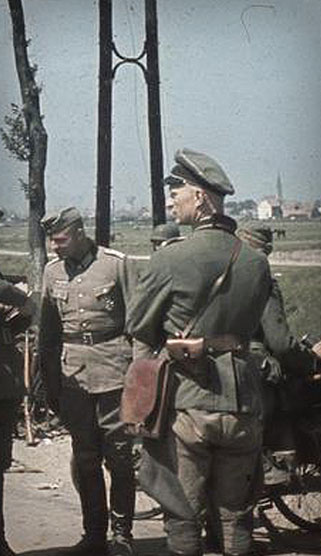
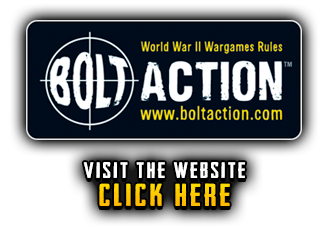
































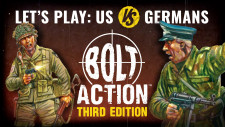
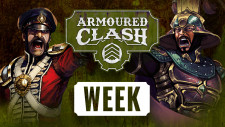
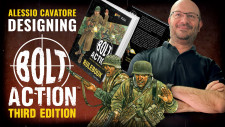
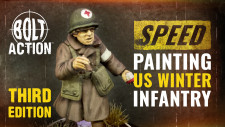



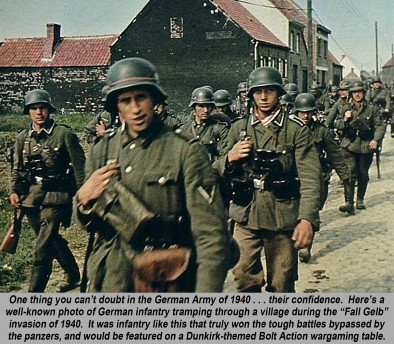
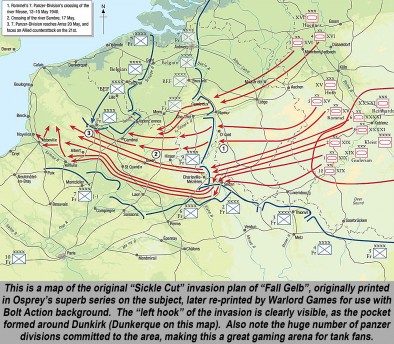


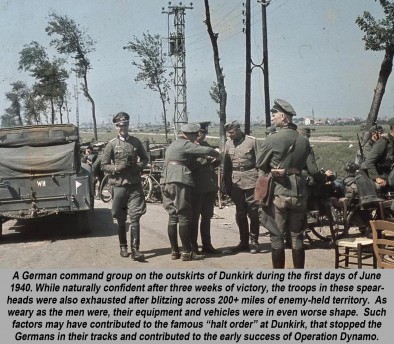
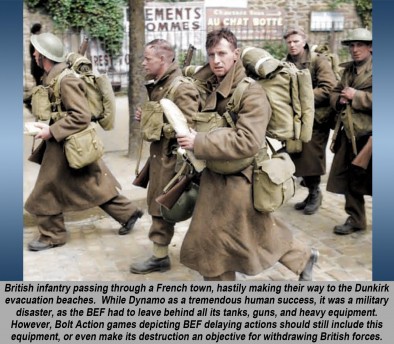
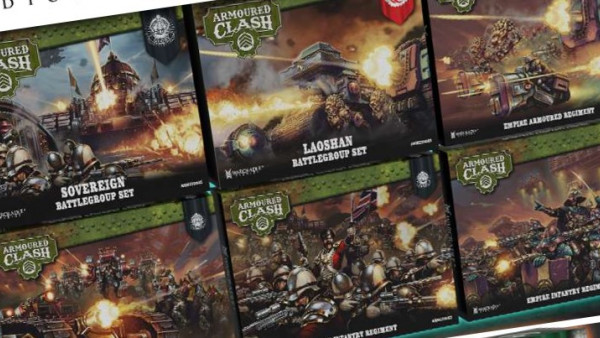

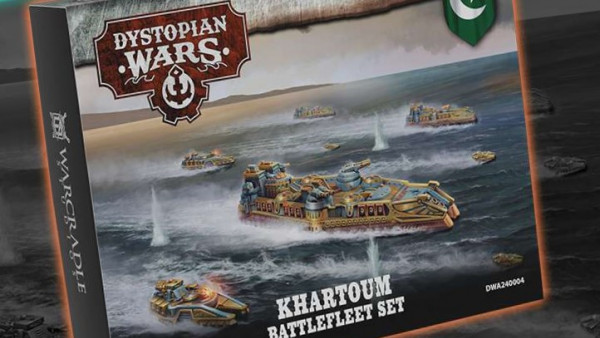
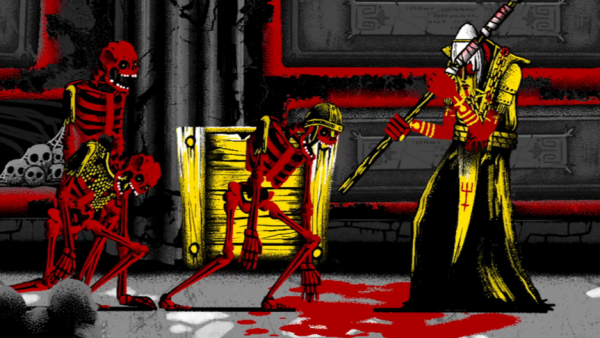
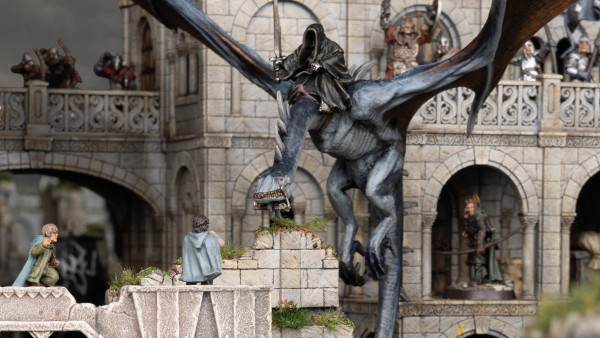

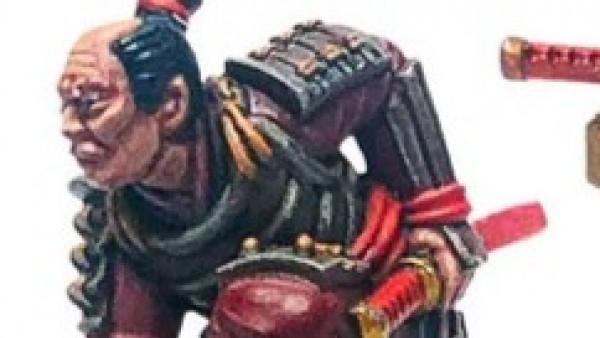
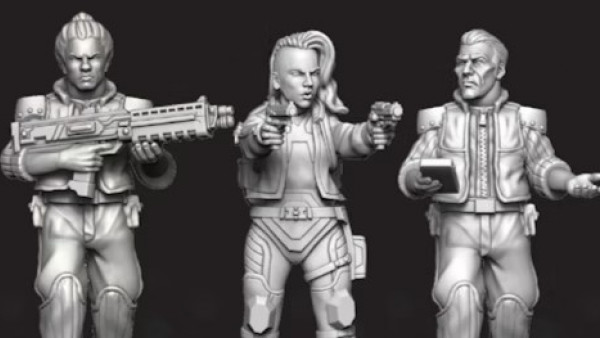
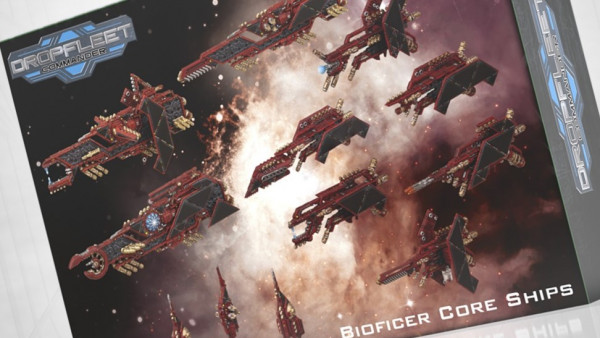

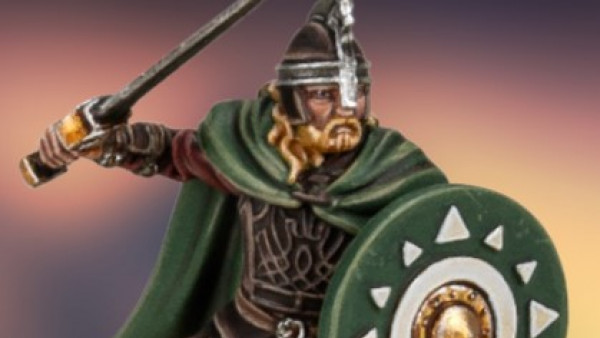
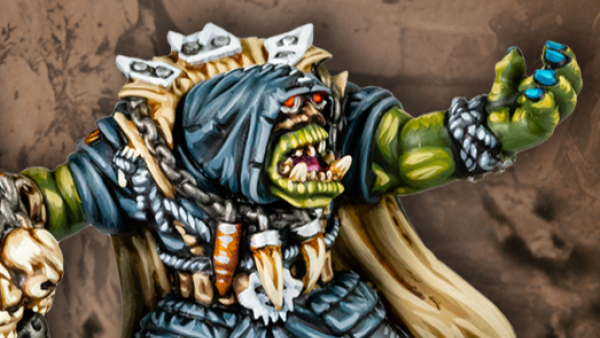
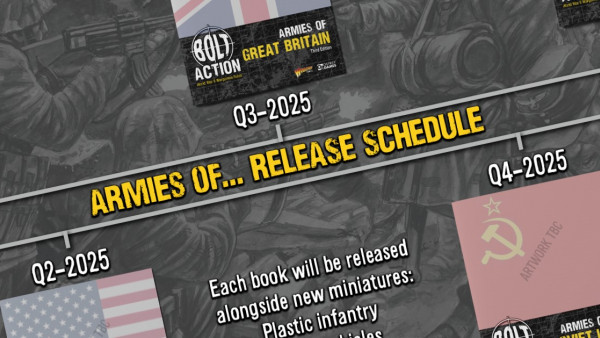


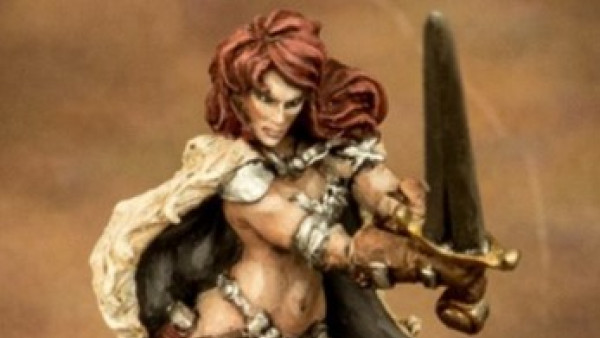
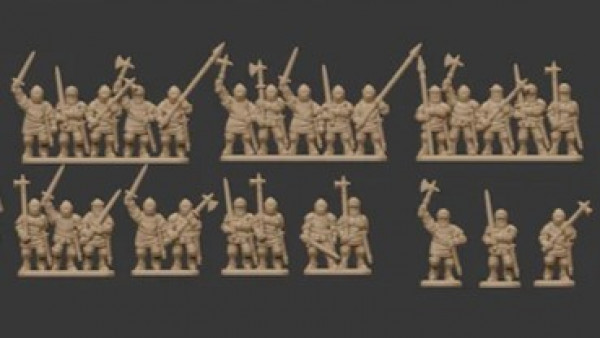
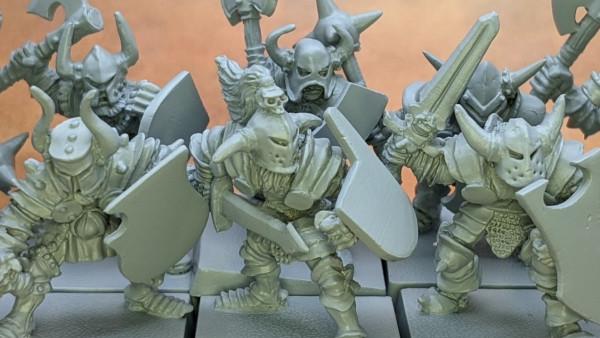
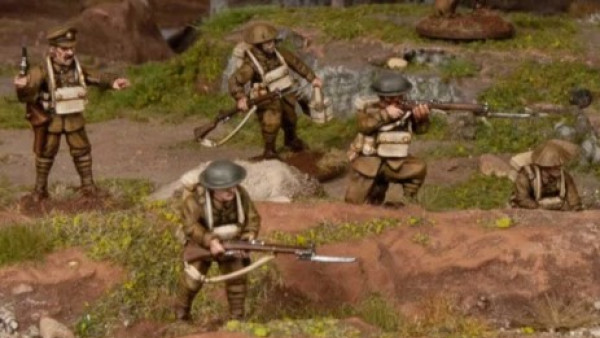


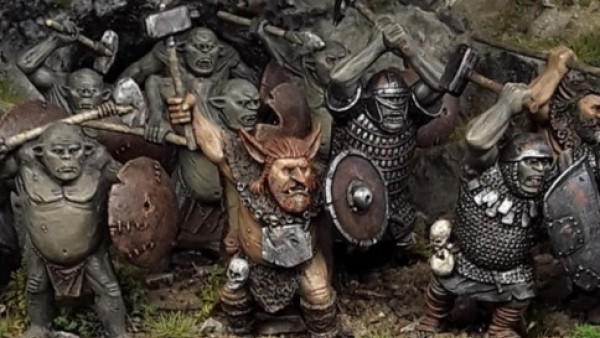
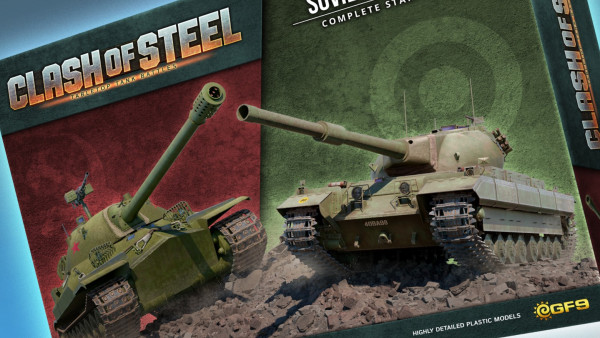
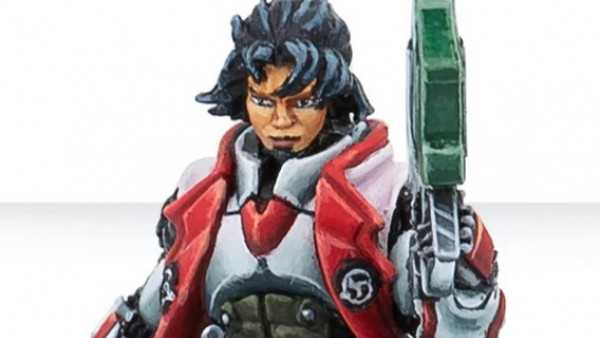
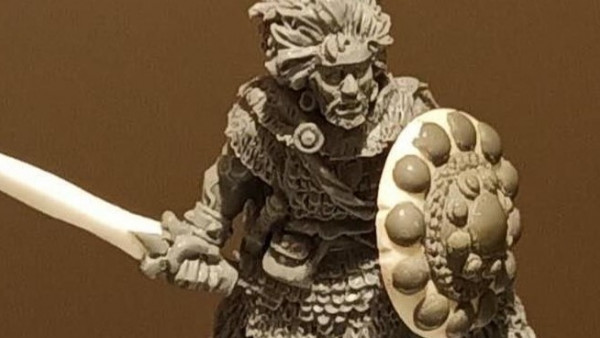
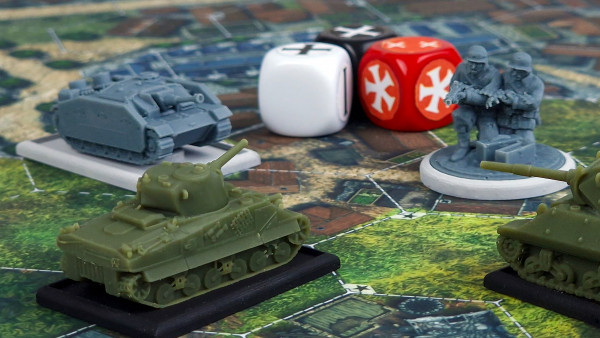

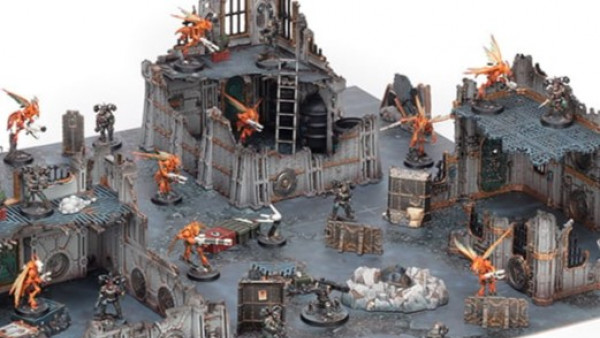
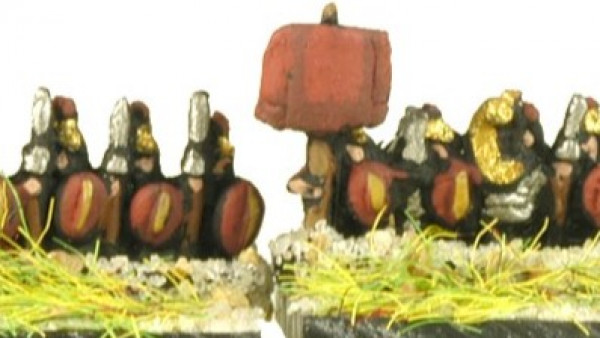
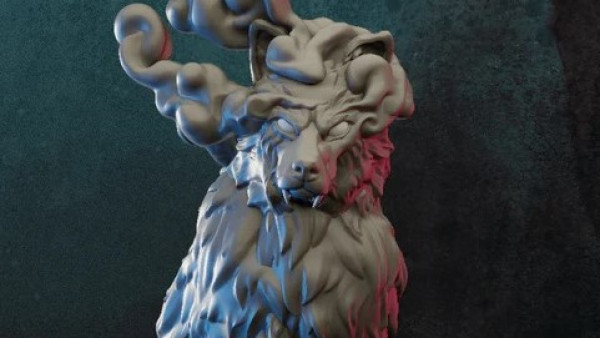
another great article @oriskany, I’m shocked that the videos are as long as they are because it felt like we barely had time to scratch the surface. Another good game for 28mm I’d like to mention is Crossfire, @torros introduced me to it in the late 90s. One of the things that makes it unique is there is no measuring devices being used, realistic terrain dense boards means that often the defender can set up hidden and the attacker moves from feature to feature. So crossing the small bocage hedgerows becomes more and more nerve racking, turning the corner in… Read more »
Oh man, you guys got this thread off to an early start without me! I’ll do my best to catch up ! 😀 I really like the way you’re describing Crossfire, @avernos – it almost reminds me of the old video game “America’s Army” – a console shooter … except it had no “move button” and no “fire button.” Everything was done by issuing orders to cover tactical distances (corners, walls, cover-to-cover), then to put down suppressive fire or point fire on selected targets. Everythingw as done by orders to your fire team (four men). I remember reading somewhere the… Read more »
Crossfire is a great game and really gets the nerves going at points in the game. Armour rules aren’t the best if you want to use it for bigger games but there easily fixed though
I find that’s true in a lot of get infantry-based games. One that our group has had success with is the print-and-play “Valor and Victory.” Basically a more accessible version of Avalon Hill’s classic Advanced Squad Leader. Except the tank rules are . . . well . . . let’s stick with infantry, eh? 😀
I really like the breakthrough/escape approach. It could work well with a small allied force (2 or 3 rifle sections) with a truck or transport that needs to get through the German Encirclement with reserves of German troops coming on from alternate board edges as they close the circle.
With the transport as an objective the allies can mix up a delaying action and retreat to get it off the board and the German player has ongoing reserves but placed at random (1-3 left, 4-6 right) to help balance but provide challenge to both players.
having a pocket that’s been cut off attempting to make it’s way back to the lines is an interesting idea in itself, just because the allies are retreating it doesn’t mean that your game can’t feature them as the aggressors. Thanks for the idea.
Agreed – a patrol or a section cut off or accidentally left behind in the confusion and chaos of the retreat, now has to fight its way across a series of boards (almost a mini-campaign game). Maybe one table is farmland, one table is a village, one table is a stream or a canal, and finally set up a big climactic game at the end where your British “characters” are trying to finally cross the forward German lines back to their lines, while the Germans are engaged with the friendly forces to the front. There would be a lot more… Read more »
Talking of British Characters, how about (mad) Jack Churchill holding up the German advance with his Longbow!
Wasn’t he the last man to officially record a battlefield kill with a longbow? And didn’t he charge the beaches at Normandy with a broadsword?
Definitely a “character.” Especially his quote: “Damn those Americans and their a-bomb. If it weren’t for them we could have gotten another 10 years out of that war.”
This special feature about Dunkirk and delaying actions gameplay is amazing. The articles made by @oriskany are also incredible work, and helped me a lot. I’m currently trying to put together a WWII campaign, focused on the conquer of Italy. And, there too delaying actions played a decisive part, but this time on the German side. I was having trouble developing the campaign. But, many of my doubts were clarified by this weak talks and articles. Focusing on victory conditions (both primary and secundary) is one of the key parts that I was neglecting, Also, I was having doubts about… Read more »
balance seems to be a much more recent idea, and by that I mean last 20-30 years, games have become more competitive and tournaments and gaming venues have flourished, and as such the idea of playing a 1500pt game is much more the norm.
But historical games outside of that feel much more interesting when recreating a specific action, or style of encounter and the lack of balance adds to that, just skew the victory conditions for both sides.
Let us know how your own campaign progresses
Indeed. Imagine trying to run something like The Bulge as balanced games just wouldn’t really work. I don’t think running differing scenarios from rule nooks really works either. For WW2 there is so much info out there much I think it better to run with actual TOE’s
@avernos – agree 110%. The miniature game I probably enjoy the most is Battlegroup, but for wargames overall, my favorite is still the Panzer Leader series, from 1969-77 (okay, once its original design flaws are ironed out). There were no “points” in that game. Games just didn’t include that concept in those days. Magazine articles, websites, and “dining room game designers” have been trying to build some sort of point structure over Panzer Leader now for . . . I’m not kidding . . . 40 years, and they still can’t do it. Panzer Leader is just too subtle for… Read more »
@avernos @torros @oriskany – I agree with the three of you there. Tabletop wargames (specially those based on real forces) feels unnatural and almost scripted with so many balance rules, in my opinion. And, also, it eliminates, in a certain extent, the use of strategic manouvering.
But, when you begin to see and read rules and other common materials about wargaming, you feel almost compelled to abide to symmetry and balance. Too much focus on tournament play, I guess.
But I will put your wise words in good use in my campaing. Thank you guys.
Awesome, @djevak – glad you liked it and hope you find it useful! 😀
Awesome, @djevak – very glad you like the articles. They were done in kind of a rush, if truth be told, we wanted to get this topic out while the movie was out and the topic was still timely. Indeed, Italy was a tremendous example of defensive and delaying warfare, waged by one of the least-appreciated German generals of them all, Rommel’s old boss: “Smiling Albert” Kesselring. Having served in both the German Army and Luftwaffe, he was one of the few generals they had who really understood how air and ground operations should work together. Very glad to hear… Read more »
@oriskany yo are absolutely right in respect to BA being an infantry game, its exactly where I think its strength lies, unfortunately the focus for many is on armour and not the infantry.
Too true. In our club, it escalated into an arms race. I used a Soviet infantry army but my oppenent got a Hetzer, so I got a T34/76, he went to Panther, I went to KV’s and IS, then we both added in halftracks. It’s getting kind of silly :p Close quarters is, as said, where this game excels at. A game where a 3 man team can have an influence (heck even I felt that the Soviet infantry wave (90+ models…) felt overpowered and unpleasant to play, regardless of use of tanks). Going back to 500 point armies should… Read more »
Thanks very much @commodorerob and @neves1789 – As youc an probably tell in that interview, I was afraid I’d be “talking down” at Bolt Action or Bolt Action players, which is absolute NOT what I wanted to do. It’s just been my experience that different games are good at different things. Trying to do a commando raid in Panzer Leader is silly. Trying to do a big tank battle in Bolt Action is equally strange. Use the right tool for the right job, as it were. The incredibly short ranges of heavy weapons in early war settings . . .… Read more »
Ranges in BA are a bit abstracted anyway, as can be seen when using the Pegasus bridge Model in 28mm scale you are not able to fire beyond the length of the bridge, which is where it lost some charm for me as they fight in real life had shots across the river.
It is what I like about Chain of Command you can fire the entire length of the table:-)
I know what you mean, @commodorerob – I’ve stood on that bridge (the original one disassembled and re-assembled at the nearby museum) – it’s terribly small. Never tried Chain of Command. You should post an AAR of a table one of these days. I hope to start a Dunkirk Week support thread in the forum later this week / weekend. Ranges in Battlegroup are practically across the table in many cases (50″ or 70″ – although your odds of hitting / killing aren’t great). Infantry weapons are a significantly shorter-ranged, with MGs a little higher than rifles, etc. I’m pretty… Read more »
I have really enjoyed these Dunkirk articles and have given me some ideas for more solo games..I am an solo bolt action player and i use the Platoon Forward rules to supplement Bolt actions, but i just ignore some rules in Bolt Action like the run and cant shoot rule etc….i just base my games on real life battle, soldiers do run a lot and they do shoot a lot after running….and the Tank thing i always take Tanks for the Germans but none for my allies.
Thanks, @ironshield – glad you liked the articles. Interesting “hybridization” use of Platoon Forward and Bolt Action rules. I’ll confess to “borrowing” the “hand in the bag” dice draw initiative system for a lot of other games, both land and sea-based. 😀
Interesting aside to oriskany’s comment about tank to tank engagements being rare , was an interview with a German WW2 vet. Who when asked ‘What was the best tank of the war’, after a second or two replied ‘The Sherman ‘. When pressed to explain replied ‘ It was the only bloody tank he ever saw!!!!!’
Thanks, @bobcockayne – Time in those interviews is always a little limited, so I always have to “round things off” a little in my statements. Right, tanks “colliding” with other tanks is a thing of relative rarity in WW2. They are “spearhead” elements that usually hit the enemy’s SHIELD … they don’t normally hit the enemy’s spearhead. So a few quick qualifiers: 1) They do happen sometimes . . . by “accident.” The first big tank battle of World War II (Hammut / Gembleux Gap / Merdorp) is a good example. Basically a four-division pile-up where two French DLMs blundered… Read more »
I would love to listen to these shows but really the audio of Oriskany is too bad for my ears. Hope we can get better audio in the future because I like a lot his knowledge and approach to gaming but really can’t listen to that audio….
Sorry about that. Indeed we had a few technical issues with these recordings. I also have a medical condition with my throat that makes speaking a little rough after a while. 😐
I’m not sure if it is mentioned, but I saw the map and I realised something.
The Germans invade the Netherlands on May 10.
5 days later we surrender, because they bombed Rotterdam ( https://en.wikipedia.org/wiki/Battle_of_Rotterdam ).
However our navy commander managed to order all of its ships to head for the UK if possible or destroyed if not.
And our surrender initially had excluded Zeeland, which is more or less the group of islands above Antwerp in the map. ( https://en.wikipedia.org/wiki/Battle_of_Zeeland )
As a result they held for a few more days, which sure as heck must have meant something for the situation in Dunkirk.
Great information, @limburger . I didn’t know that about the Dutch Navy. Have you been in touch with @ecclesiastes ? He helped me with the Midway article series, but is from the Netherlands and has a lot of great information and miniatures on the Dutch Navy. I know the Belgians dragged out surrender negotiations on May 27-28, which was just when Dynamo was getting started and is credited with giving the British on the east wing at least a little more time to re-organize a defense before the Belgian army had to stand down. Standing Dutch forces on the Zeeland… Read more »
I haven’t asked him anything. All I know is what I googled, so I’m not an expert. 🙂 But knowing a few key events from that early period did make researching easier. And as you say in your articles the French had a bad reputation, but their actual effort was pretty good when you factor in what they had to deal with. The same applies to the Dutch forces of that period. There were both Dutch and French forces in Zeeland. Some even claim that there were Morroccan troops as part of the French forces, but AFaIK evidence of their… Read more »
There were definitely troops from other countries (French colonies at the time) in the Battle of France. Specifically, in First Army / III Corps (The Battle of Lille we keep talking about) there 1st Moroccan Infantry Division and 2nd North African Infantry Division. 5th North African Infantry Division fought with V Corps further north along the road to Dunkirk. I’m seeing at least three other “Colonial” or “North African” divisions in the overall French Army order of battle. For the Dutch, I’m seeing: The Netherlands had four corps, one motorized division and a defense division deployed to begin the battle.… Read more »
Very good video. I completly agree with @oriskany that Bolt Action (and I love the game) is mainly an infantry game for me. Maybe a few armoured car or a jeep. A tank if you have to. But the best BA games I had were just with infantry vs. infantry. On a really dense table. So you get the Stalingrad feeling, where the enemy is everwhere and you have to keep your head down and hurry from cover to cover. Artillery is a similar point. Having a single 25 pdr on a table which is basically 50m long is just… Read more »
@bothi – what can I say I agree with just about everything you say. In the interview I was worried that I would sound like I was “talking trash” about Bolt Action which I certainly didn’t want to do. But I was just trying to make some points about some of the things I’ve seen in Bolt Action that seem to stretch its limitations. Like I said somewhere above, I wouldn’t try to do a commando raid in Panzer Leader, and I wouldn’t want to try a big tank battle in Bolt Action. Anyway, I’m just really glad some people… Read more »
You get a similar encounter near Son during Market Garden where the Americans encounter the dreaded 88 defending the nearby bridge (I think it’s in Band of Brothers too).
It’s not the kind of weapon that makes sense at this scale.
Completely agree. 😀
Those two engagements are great for wargaming. And same goes for the BoB episode. Just love that show.
Completly agree on the table description above from @oriskany . I just love half ruined buildings where you can see multiple floors. 4ground does some great buildings in that area like these:
http://www.4ground.co.uk/28mm-world-at-war/28mm-damaged-detached-1
http://www.4ground.co.uk/28mm-world-at-war/28mm-damaged-left-hand-semi-1
They are quite pricey, but I bought a few for my BA Battle of the Bulge table (playing easy company myself) and they are just great.
Yeah, @bothi – The cost of those terrain pieces is part of why I tend to stuck to 15mm. 😀 Well, that and storage space.
Great vid again guys, really enjoying this series.
Thanks very much, @brucelea ! 😀
@bothi – a proper response to your post is coming as soon as I get home from work!
what about a private Ryan type to get a wounded Co/man that fell behind in the rushed retreat from the centre of the table.
Great idea, @zorg , seriously. You could have some kind of narrative about why the man is so important. Like you said, maybe he’s the commander. Maybe he has important messages or documents on him. Maybe he’s the old “color sergeant” who won the VC in World War I and the guys just look up to him as a hero. Maybe he saved the whole squad in the previous engagement and they want to repay the favor. BAM. How many narrative story ideas do we have already? I was also suggesting the “save or destroy equipment” scenario. Maybe the British… Read more »
sorry this might not be what you’re looking for but, rewritten. Was away last week for all this great content which you have put out, and like an idiot ive watched it back wards lol “Once upon a time far fra away” or should i say “year years ago” We played this kind of game with Guard V’s Orks. 1/ Road came from corner to corner, and the Orks in their trucks came down. 4′ x 6′ deep V’s Guard upon a large hill, left the side of the table in-trenched. 2/ Orks had 3 battle waggons full of 20… Read more »
Hey, this post looks familiar. 😀 Again, great ideas! 😀
thank you
just like to say you put down loads of good stuff.
Awesome, thanks @nosbigdamus ! It always feel good to “put down” the stuff, it bats carrying it around all the time! 😀 😀 😀
Really nice series of articles and interviews @oriskany and @avernos. Very much looking forward to day 5’s final offering. Having seen the film over the weekend, the one segment of it that would particulalrly lend itself to being played as a tabletop wargame would be the opening scene of the squad of Tommys picking their way through the streets of Dunkirk behind the German lines trying to get back to their own lines held by the French. This would very much be a skirmish game and ideally suited to 28mm. You could even put some bonus objective points in the… Read more »
Thanks very much, @broadsword ! Yeah, we were thinking of the “lost patrol” trying to get back to friendly lines, perhaps in a series of linked games, culminating in a climactic big battle where the British have to fight additional German forces (breaking through the final German front line) but of course having friendly forces in frontal contact to help. Didn’t think of having them be the French, though. A great way to get three nations on a table. Not always easy on a war game table. And I really like the idea of food, medical supplies, and cigarettes as… Read more »
Also in FoW Blitzkrieg supplement there are a number of Polish missions that are easy to adapt. One deals with a unit cut off and surround and another you have stragglers coming together for a firefight to get back to friendly lines.
Thanks, @jamesevans140 –
“stragglers coming together for a firefight to get back to friendly lines.”
Thats the one I want to see someone try in Bolt Action or some such “smaller” skirmish game, or the bridge crossing delaying action at the Ypres canal. 😀
That’s it. I think this series has convinced me to theme my Bolt Action / WWII stuff for this theatre. I’ve gradually been accumulating early war troops – perhaps instinctively for the reasons you talk about @oriskany – i.e. it suiting this type of battle more. (Although I’m sure all the cool-looking stuff has something to do with it, as does the greater range of distinct-looking ‘factions’.) I’m also reminded of the first ‘adult’ (i.e. a book not written for teenagers rather than something raunchy) novel I ever read: ‘Tramp in Armour’ by Colin Forbes. It was about a BEF… Read more »